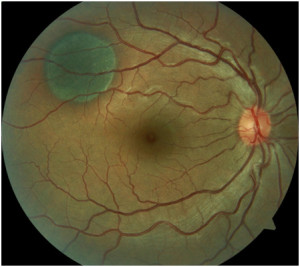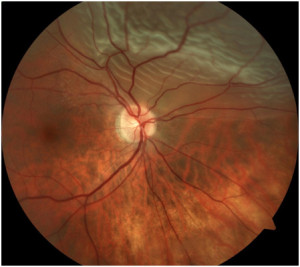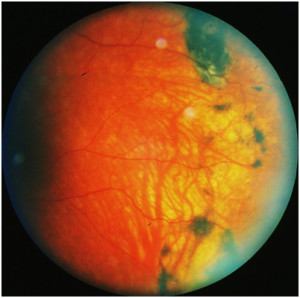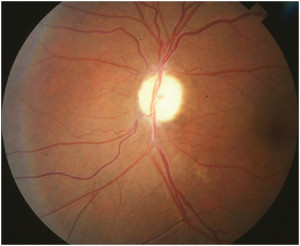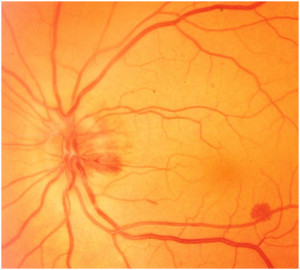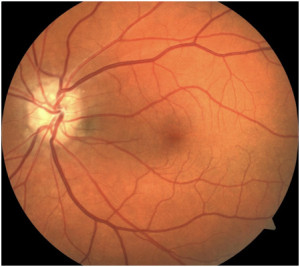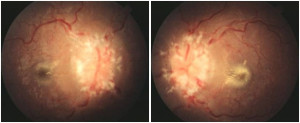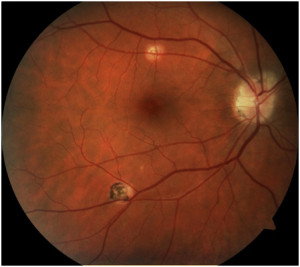On Friday, July 11, 2014, Precision Family Eye Care had its Ribbon Cutting and is now officially open for business!!
Special thanks to Senator Ron Grooms and Representative Ed Clere for taking time out of their extremely busy schedules to celebrate with us. We were also joined by Wendy and the rest of the terrific staff from the One Southern Indiana Chamber of Commerce who did a fantastic job of organizing and structuring the event. Thanks as well to all the 1SI ambassadors and fellow professionals and business owners who graciously spent their Friday afternoon with us and offered us their support and congratulations. Most importantly, we would like to thank our families for encouraging us, we wouldn’t have gotten this far without your support.
At Precision Family Eye Care, our mission statement is to provide clinical excellence, quality products and unmatched personal and professional services to give our patients the best opportunity for a lifetime of healthy eyes and excellent vision. We call this area home and look forward to providing comfortable, personalized, and comprehensive care to the wonderful people of this community.





